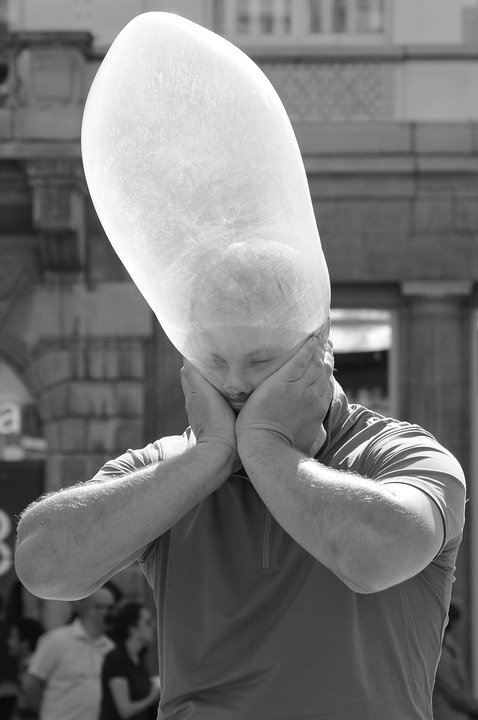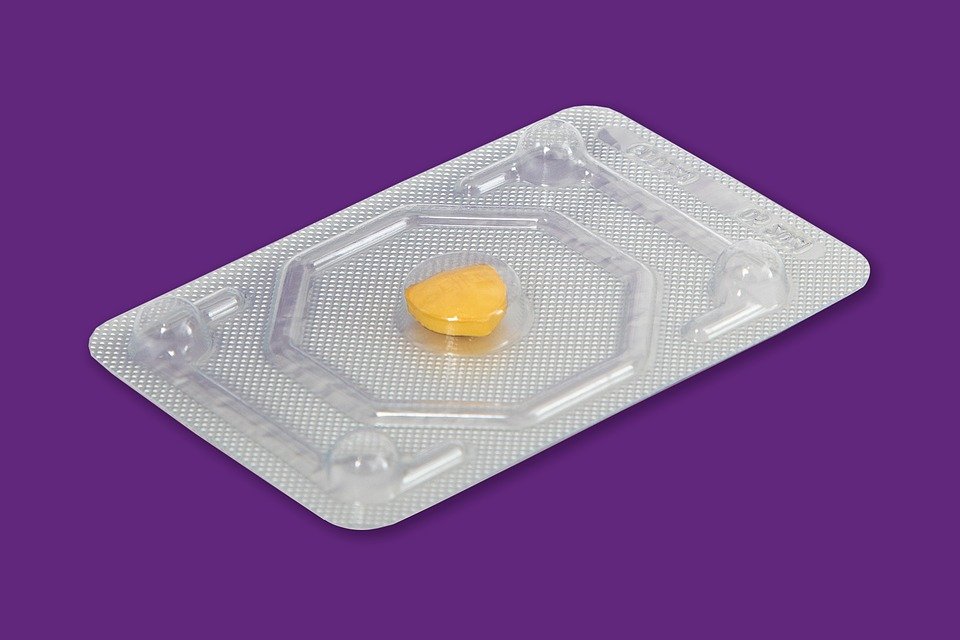
Psoriasis is a chronic autoimmune condition that affects the skin, causing red, scaly patches to develop. It is a common skin disorder that affects millions of people worldwide. Understanding the causes, symptoms, and treatments of psoriasis is crucial for managing the condition and improving quality of life for those affected.
Causes of Psoriasis:

The exact cause of psoriasis is not yet fully understood, but it is believed to be a combination of genetic, environmental, and immune system factors. People with a family history of psoriasis are more likely to develop the condition. Triggers such as stress, infections, and certain medications can also exacerbate symptoms in individuals who are predisposed to the condition.
Psoriasis is the result of an overactive immune system, where the body mistakenly attacks healthy skin cells, causing them to grow rapidly and accumulate on the surface of the skin. This rapid growth of skin cells leads to the formation of red, scaly patches known as plaques. These plaques can be itchy, painful, and unsightly, causing discomfort and self-consciousness for those affected.

Symptoms of Psoriasis:
Psoriasis can present in different forms, with the most common type being plaque psoriasis. This type is characterized by raised, red patches covered with silvery scales that can appear anywhere on the body, but are most commonly found on the elbows, knees, scalp, and lower back. Other types of psoriasis include guttate, pustular, inverse, and erythrodermic psoriasis, each with its own unique symptoms and characteristics.

In addition to the physical symptoms, psoriasis can also have a significant impact on mental health and quality of life. The visible nature of the condition can lead to feelings of self-consciousness, embarrassment, and low self-esteem, especially if the affected areas are on prominent parts of the body. It is important for individuals with psoriasis to seek support from healthcare professionals and mental health professionals to address these emotional challenges.
Treatments for Psoriasis:
While there is currently no cure for psoriasis, there are several treatment options available to help manage symptoms and improve quality of life for those affected. Treatment strategies may vary depending on the type and severity of the condition, as well as individual preferences and lifestyle factors.
Topical treatments such as corticosteroids, retinoids, and vitamin D analogs can help reduce inflammation and slow down the growth of skin cells. Phototherapy, or light therapy, involves exposing the skin to ultraviolet light to help reduce symptoms of psoriasis. Systemic medications such as biologics and oral medications may be prescribed for individuals with moderate to severe psoriasis that does not respond to other treatments.
In addition to medical treatments, lifestyle modifications such as maintaining a healthy diet, managing stress, and avoiding triggers can also help improve symptoms of psoriasis. Regular exercise, adequate sleep, and avoiding smoking and excessive alcohol consumption can also contribute to overall skin health and well-being.
In conclusion, understanding the causes, symptoms, and treatments of psoriasis is essential for effectively managing the condition and improving quality of life for those affected. By working closely with healthcare professionals to develop a personalized treatment plan, individuals with psoriasis can successfully manage their symptoms and lead fulfilling lives. It is important to seek support from healthcare professionals, mental health professionals, and support groups to address the physical and emotional challenges associated with psoriasis. With proper care and management, individuals with psoriasis can live well with the condition and maintain healthy skin and well-being.

Discover more from Bibliobazar Digi Books
Subscribe to get the latest posts sent to your email.


